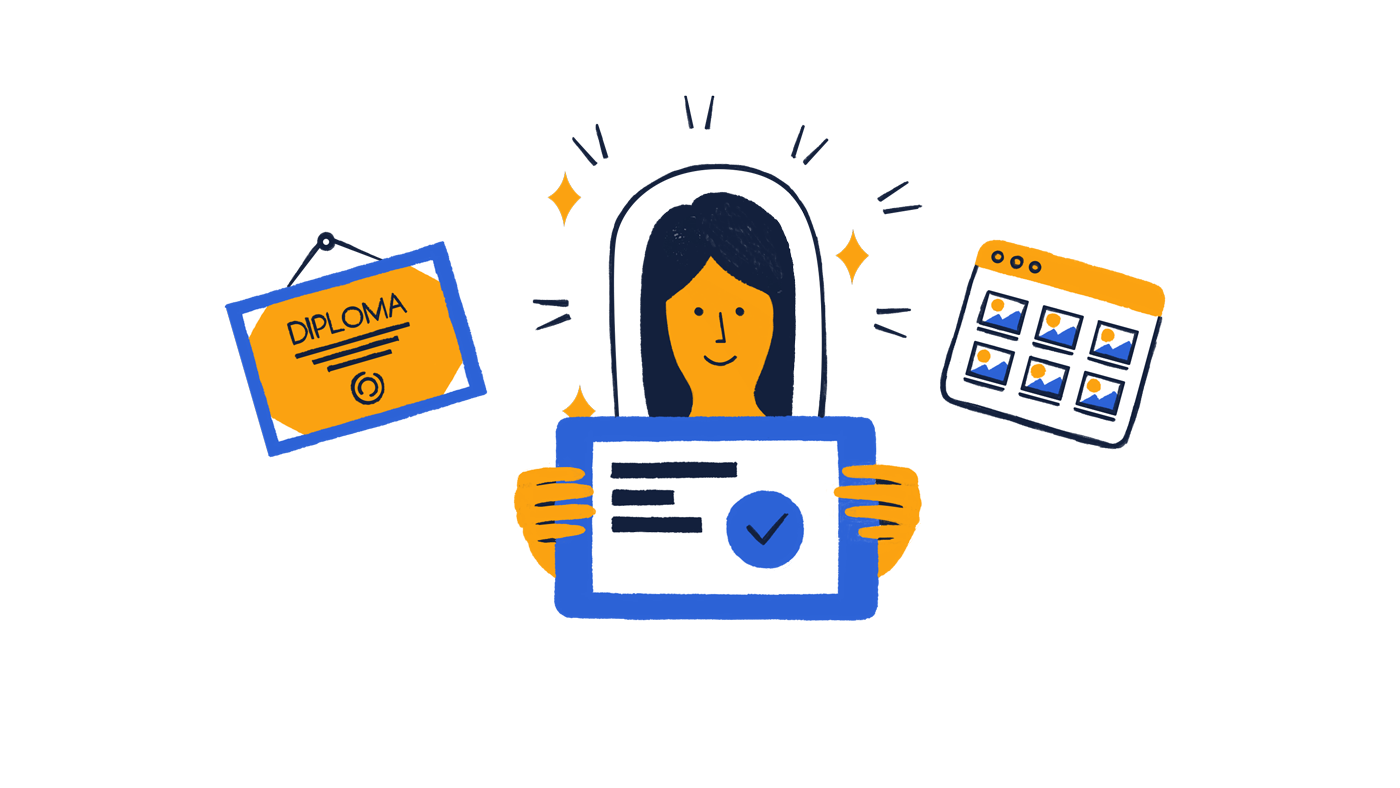Online UX Design Communities
There are plenty of online communities where UX designers can show off their designs and share portfolios. Here, you can find skilled UX designers for your startups from all around the world, browse endless designs, and even post a job with your specific requirements.
Keep in mind that while these online communities are an awesome place to screen visual designs, they’re not particularly useful when it comes to understanding the strategy, vision, interaction, or architecture used by the designers to build the final product. Namely, you get a glimpse of the surface but not what is beneath it.
A beautiful product that doesn’t work very well is ugly.
— Jonathan Ive
For this reason, it’s important that you know exactly what you want and need from your UX designer. Otherwise, you might hire a UX designer who excels in creativity but is lacking in the strategic department.
Prominent online UX and digital design communities include Dribbble, Behance, Coroflot, and Awwwards. Additionally, a simple search in LinkedIn and Facebook groups will help you find a good number of job-seekers.





















